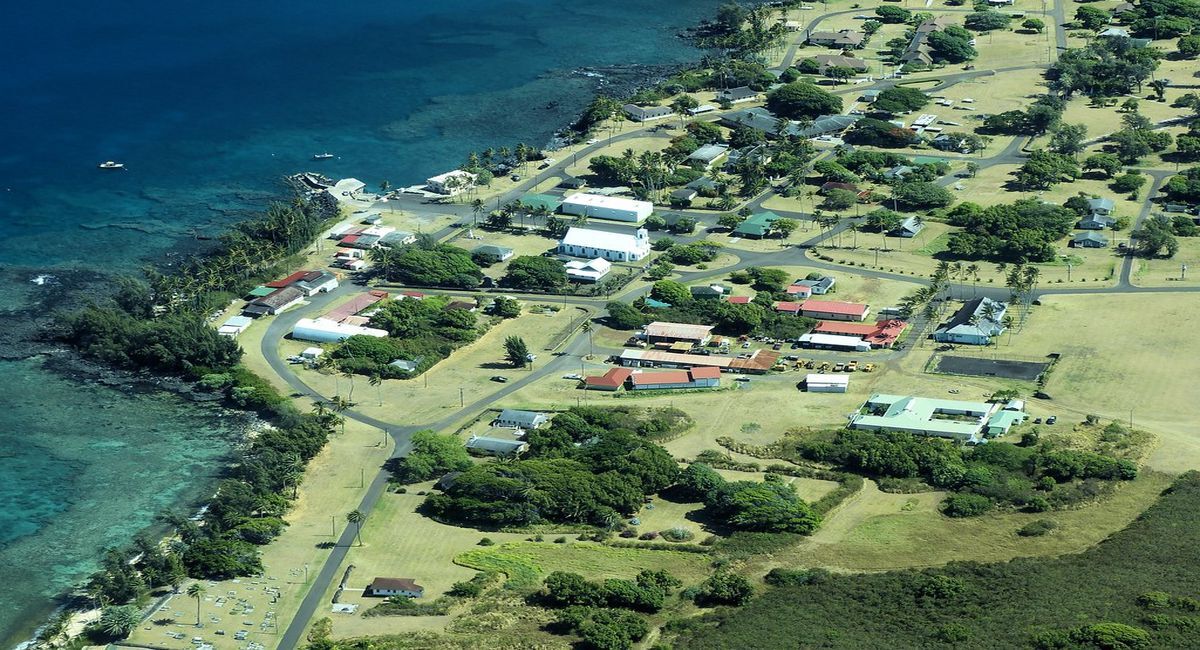Hidden History Of Hawaii’s Kalaupapa Villages

Have you ever heard of Kalaupapa? This remote spot on the island of Molokai in Hawaii holds a story that many might not know. Once a place of isolation, Kalaupapa was where people with Hansen's disease (leprosy) were sent in the 1800s. The government wanted to stop the spread of the disease, so they moved those affected to this secluded area. Over time, a community formed, and despite the challenges, residents built lives there. Today, Kalaupapa is a National Historical Park, preserving the history and stories of those who lived there. Visitors can learn about the past and see the beauty of the land. Though the disease is now treatable, the memories of Kalaupapa's past remain an important part of Hawaii's history. Would you like to learn more about this unique place and its history?
Discovering the Hidden History of Kalaupapa
Kalaupapa, a remote peninsula on the island of Molokai, Hawaii, holds a poignant history. Once a place of isolation for those with Hansen's disease, it now stands as a testament to resilience and community. Let's uncover some of the hidden gems within this historical site.
Kalaupapa National Historical Park
This park preserves the stories of those who lived in isolation. It's a place where history whispers through the winds and waves.
Kalaupapa Settlement
This settlement was established in 1866 for individuals with Hansen's disease. It became a community of strength and hope, despite the challenges faced by its residents.Kalawao Village
Located on the eastern side of the peninsula, Kalawao was the original settlement before Kalaupapa. It holds the remnants of early efforts to care for those affected by the disease.
Sacred Sites and Natural Wonders
Beyond its historical significance, Kalaupapa is home to breathtaking landscapes and sacred sites that offer a glimpse into Hawaii's cultural heritage.
Phallic Rock (Kauleonanahoa)
This sacred rock formation is believed to have fertility powers. It's a site where ancient Hawaiian traditions and beliefs come alive.Sea Cliffs
Towering over 2,000 feet, these cliffs are among the tallest in the world. They provide a dramatic backdrop to the peninsula's serene beauty.
Stories of Courage and Compassion
The history of Kalaupapa is not just about isolation; it's about the courage and compassion of those who lived there.
Father Damien's Legacy
Father Damien, a Belgian priest, dedicated his life to caring for the residents of Kalaupapa. His selfless service left an indelible mark on the community.Mother Marianne Cope
Following Father Damien, Mother Marianne Cope continued his work, bringing hope and healing to the settlement. Her compassion is remembered and celebrated.
Preserving the Past for Future Generations
Efforts to preserve Kalaupapa's history ensure that future generations understand its significance and the lessons it holds.
Kalaupapa Museum
This museum offers a glimpse into the lives of those who lived in Kalaupapa. Artifacts, photographs, and personal stories bring history to life.Guided Tours
Visitors can take guided tours to learn about the history and culture of Kalaupapa. These tours provide a deeper understanding of the challenges and triumphs of its residents.
Discovering Kalaupapa's Legacy
Kalaupapa's history is a powerful reminder of human resilience. This isolated peninsula, once a place of exile for those with Hansen's disease, now stands as a testament to courage and community. The stories of those who lived there reveal a deep sense of hope and determination. Visiting Kalaupapa offers a unique opportunity to connect with this past and reflect on the strength of the human spirit. The natural beauty of the area, with its towering sea cliffs and lush landscapes, adds to the profound experience. As you walk through the villages, you can feel the echoes of the past and the enduring legacy of those who called it home. Kalaupapa is not just a historical site; it's a place of learning and understanding. This hidden history invites us to remember and honor the lives that shaped it.

